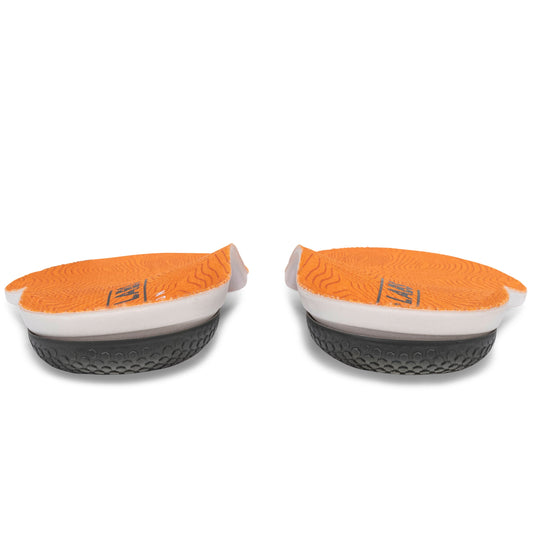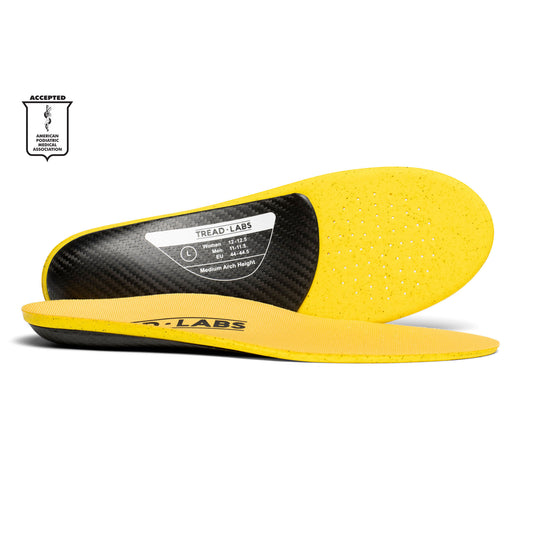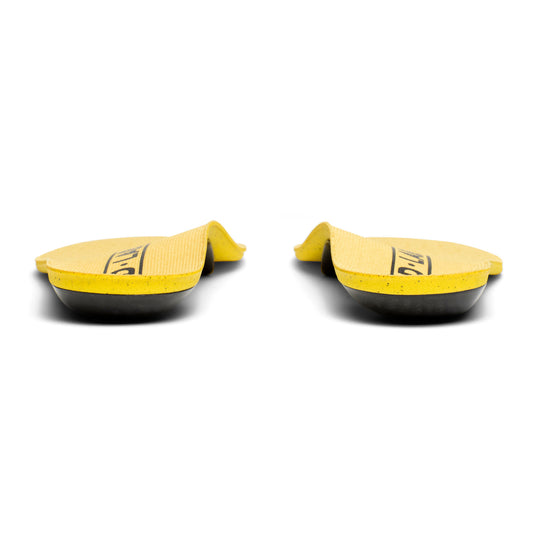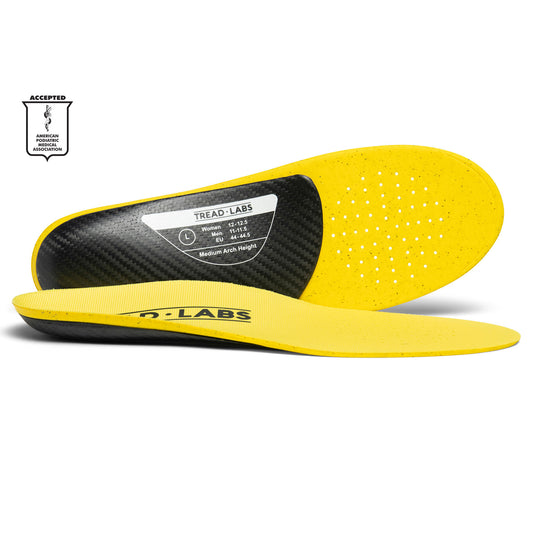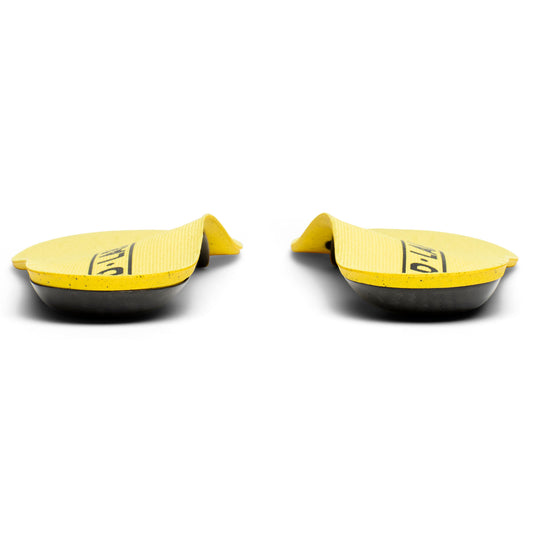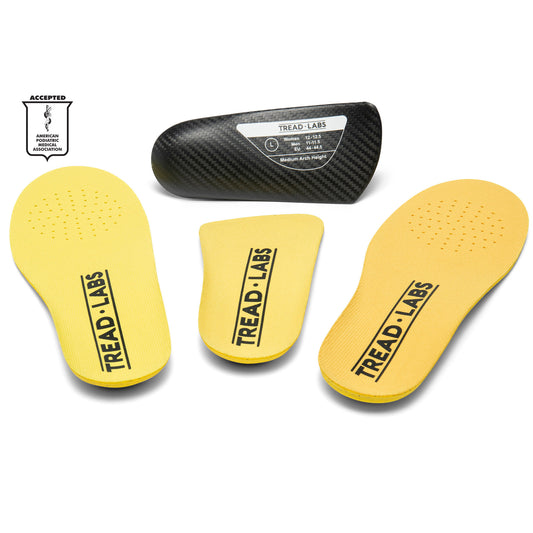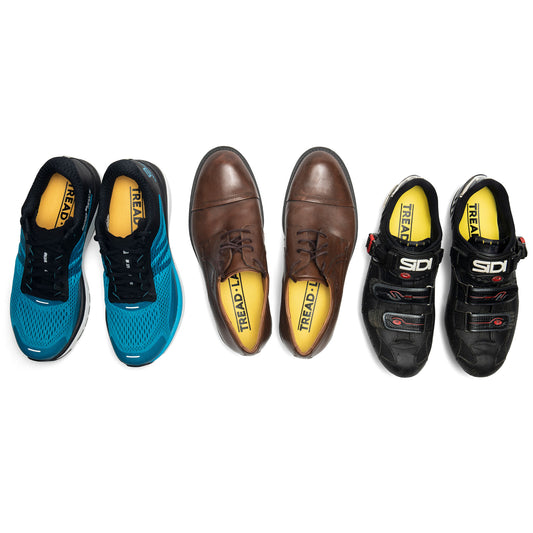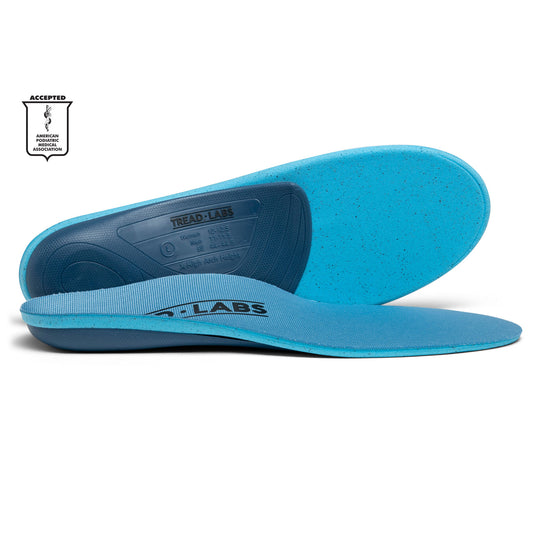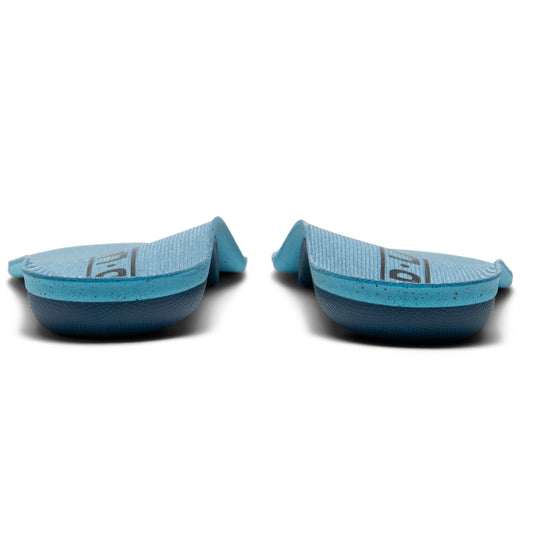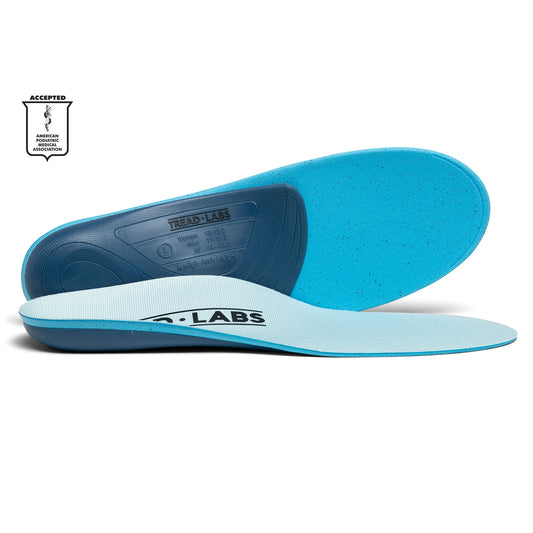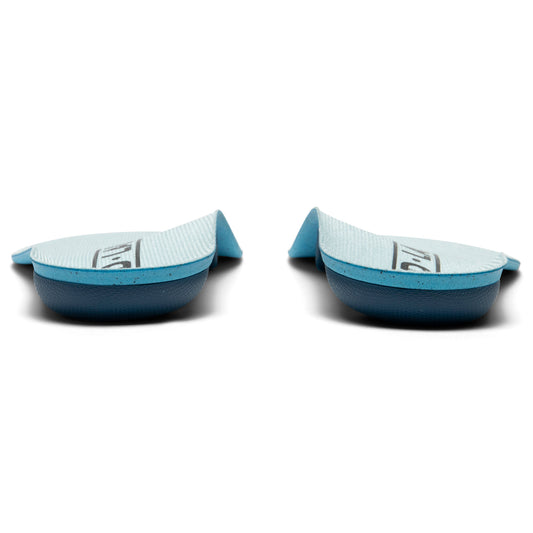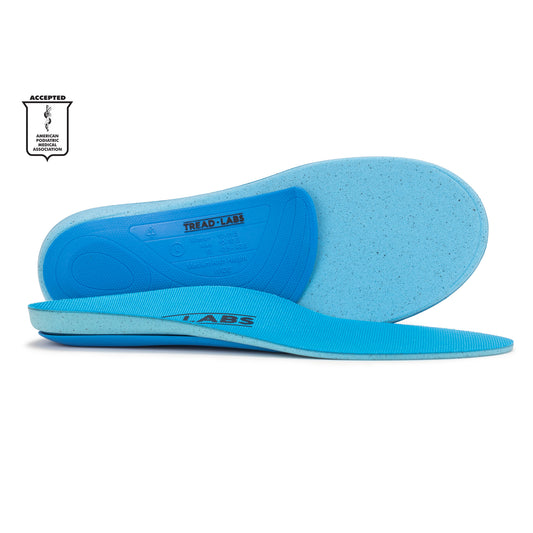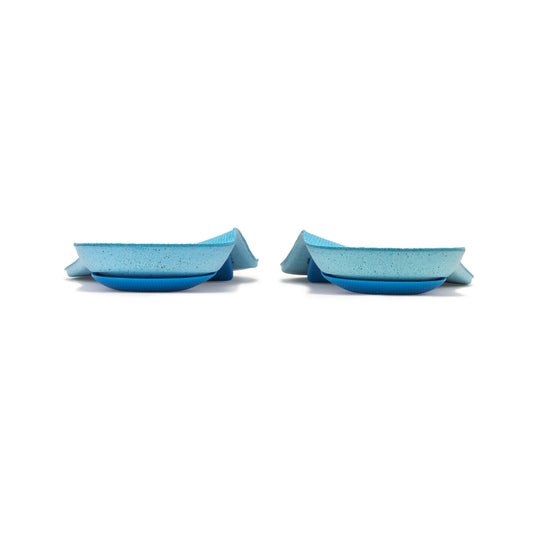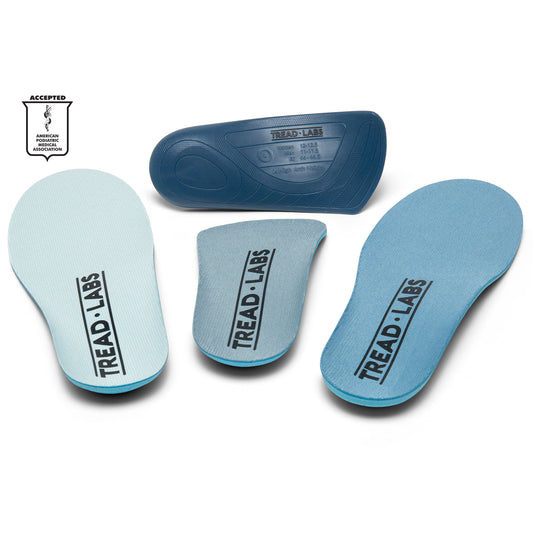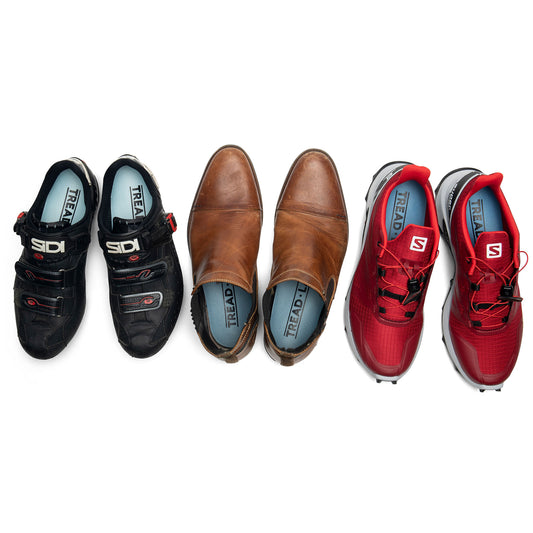-
Run Insoles
Vendor:Regular price $ 85.00Regular priceUnit price per -
Dash Insoles
Vendor:Regular price $ 120.00Regular priceUnit price per -
Dash Thin Insoles
Vendor:Regular price $ 115.00Regular priceUnit price per -
Dash Insole Kit
Vendor:Regular price $ 145.00Regular priceUnit price per -
Pace Insoles
Vendor:Regular price $ 80.00Regular priceUnit price per -
Pace Thin Insoles
Vendor:Regular price $ 75.00Regular priceUnit price per -
Pace Wide Insoles
Vendor:Regular price $ 80.00Regular priceUnit price per -
Pace Insole Kit
Vendor:Regular price $ 100.00Regular priceUnit price per
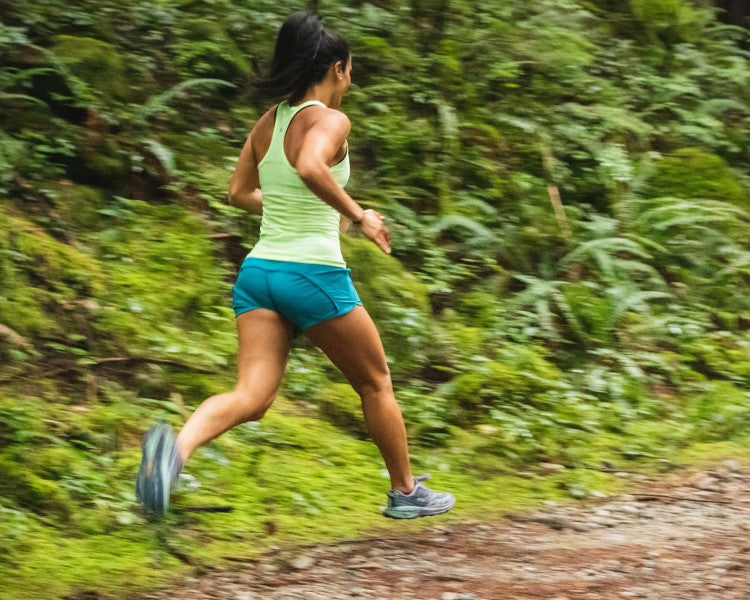
Key Benefits of Tread Labs Running Insoles
- Advanced Arch Support: These insoles are designed with firm, customizable arch support, helping to stabilize your feet and ankles, promoting better biomechanics, and ensuring that your feet stay aligned even during the most intense runs.
- Shock Absorption: With features like deep heel cups, Tread Labs insoles mitigate impact, making them perfect for high-impact activities like running. This not only reduces stress on your joints but also enhances comfort.
- Durability and Longevity: Tread Labs insoles come with a modular system, allowing you to replace the top covers when they wear out, making them a cost-effective long-term investment for runners.
-

Free US Shipping
The best insoles for running shoes right to your doorstep.
-

90 Days to Decide
If you don't love them within 90 days, return them for a refund.
-

HSA/FSA Eligible
We accept FSA and HSA cards at checkout.
-

APMA Approved
Tread Labs orthotic insoles have been granted the American Podiatric Medical Association's Seal of Acceptance.
Hear from Runners
-
Great for arch support PTTD
Get Pace Insoles⭐⭐⭐⭐⭐
"I’ve been a distance runner for decades but recently I’ve been struggling with Posterior Tibial Tendinitis. I decided to give these insoles a try before I explored other, more expensive options and I’m so glad I did. They gave me great arch support without compromising comfort on my runs."
— Amanda K, Verified Buyer | Sep 2024
-
Game changer for me...
Get Pace Insoles⭐⭐⭐⭐⭐
"Game changer for me been a competitive athlete for a while and now just running for fitness and these have helped with plantar injuries gonna buy a few more!"
— Ryan C, Verified Buyer | Sep 2024
-
Best arch support insoles I have ever owned!
⭐⭐⭐⭐⭐
"Very light weight, thin, and provide strong support. Worked great in my running shoes. Can’t beat the unconditional lifetime warranty on the molded arch supports either."
— Richard R, Verified Buyer | Aug 2024
Running Insole FAQs
Is it good to put insoles in running shoes?
Yes, Tread Labs insoles help to stabilize your feet and ankles, promoting better biomechanics, and ensuring that your feet stay aligned even during the most intense runs.
What is the difference between inserts and insoles?
Inserts or insoles without arch support merely provide extra cushion. Orthotic insoles like Tread Labs provide tailored arch support to correct foot biomechanics to address foot conditions, relieving pain and preventing injury.
How do I know if I need insoles for running?
If you experience pain during or after your runs, you might benefit from orthotic insoles. Different foot conditions can manifest in various ways, so pay attention to the type of pain you experience. For example, plantar fasciitis—a common foot condition—can produce symptoms like heel pain.
Are shock absorbing insoles good for running?
Reducing the impact on your body as you can help prevent pain. Tread Labs Dash Insoles are made with 100% carbon fiber, which provides excellent energy return through firm, lightweight arch support.



